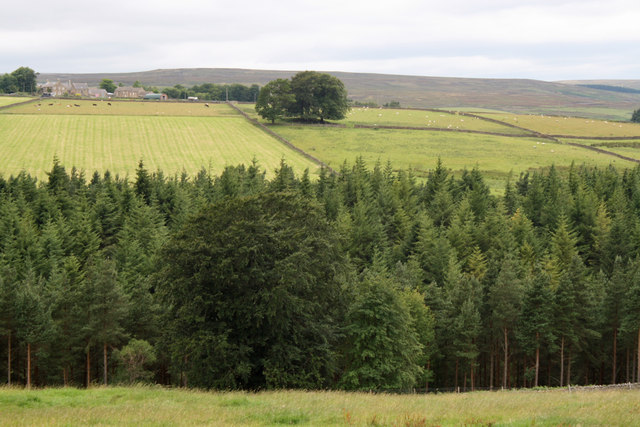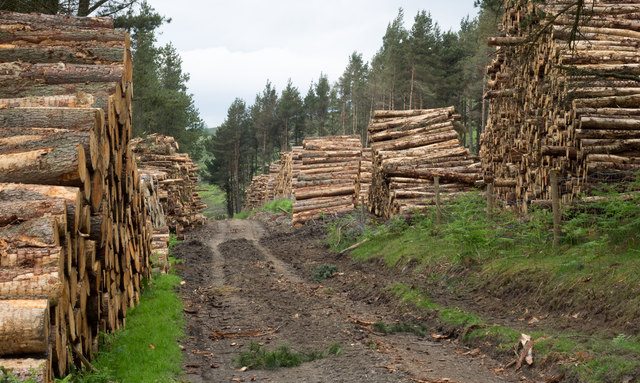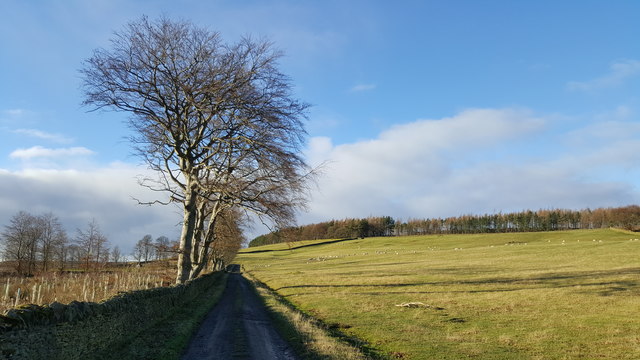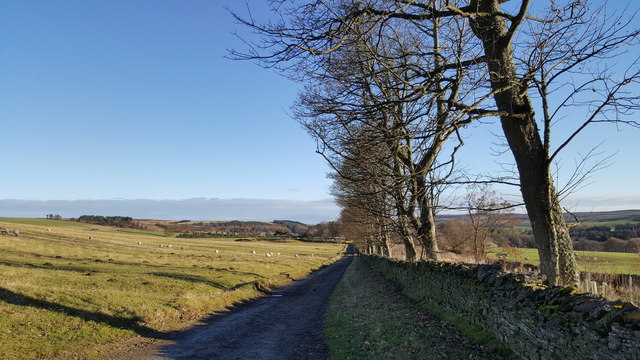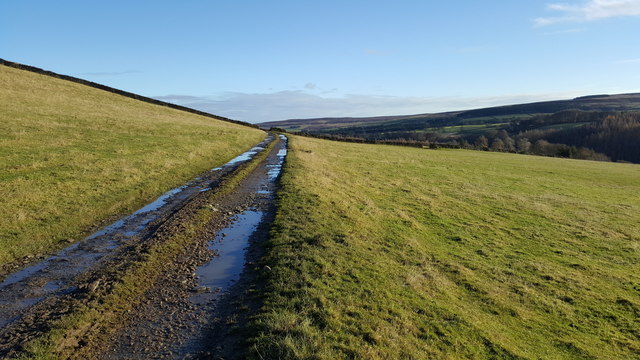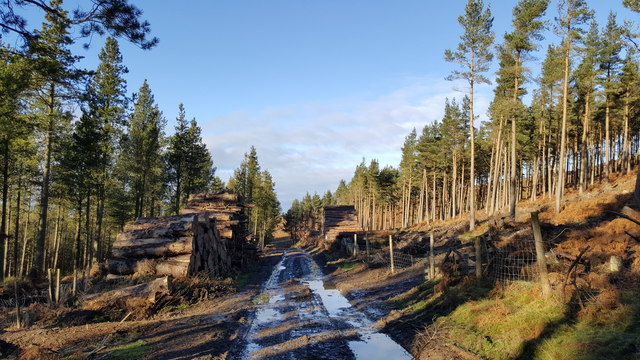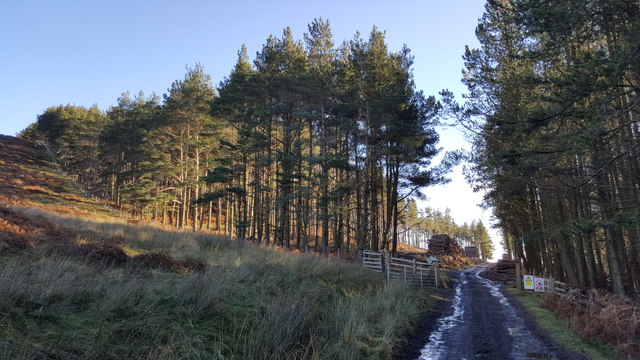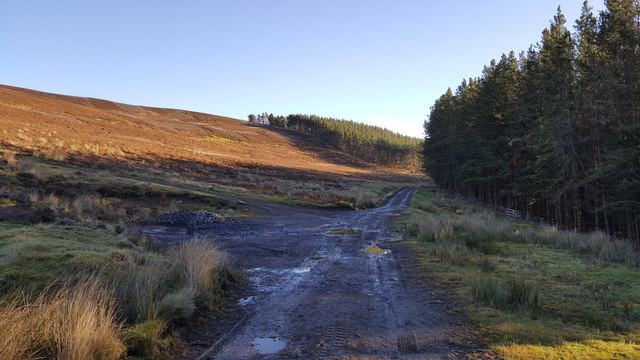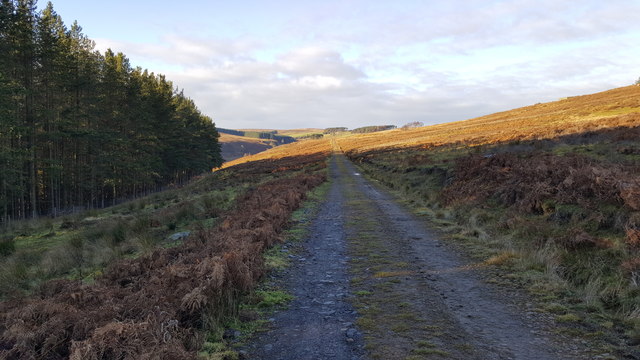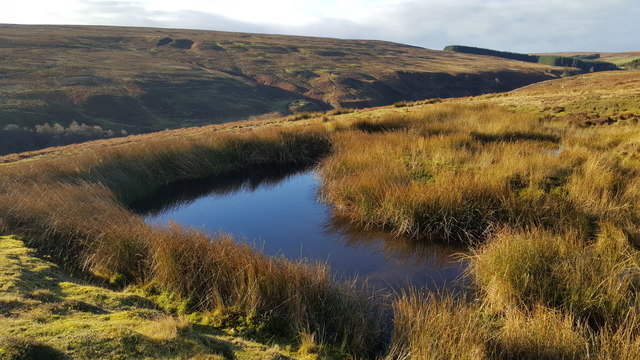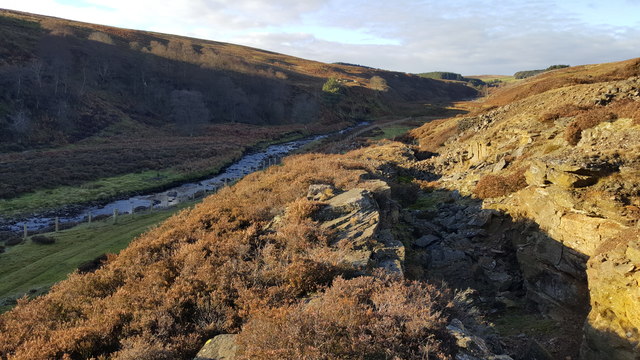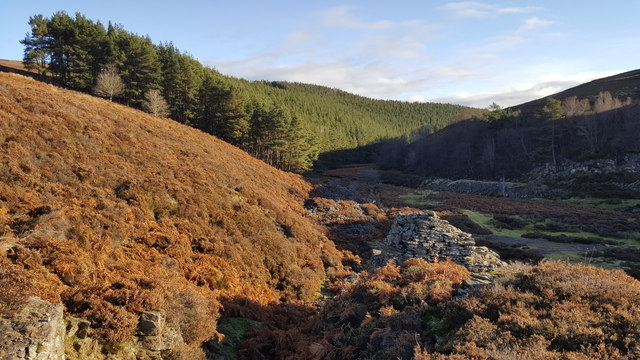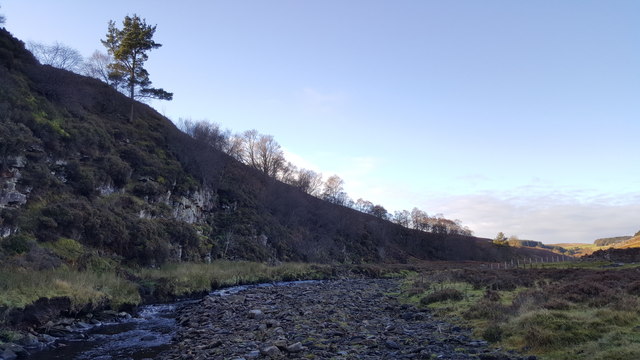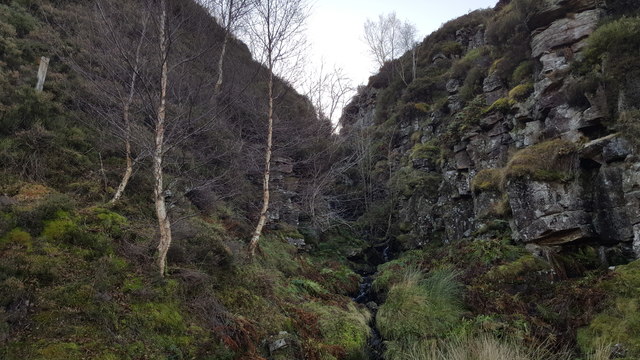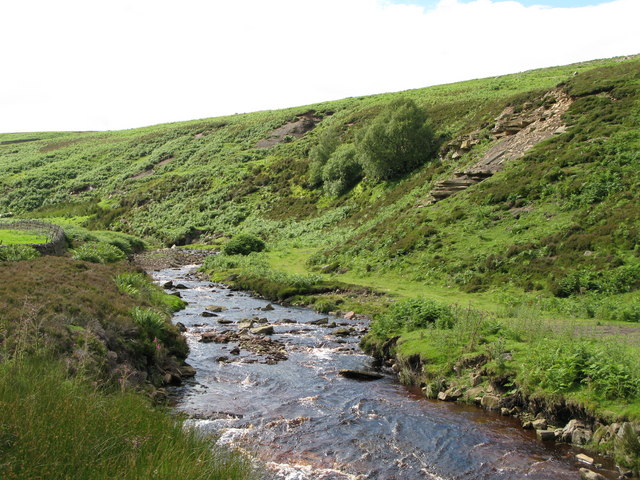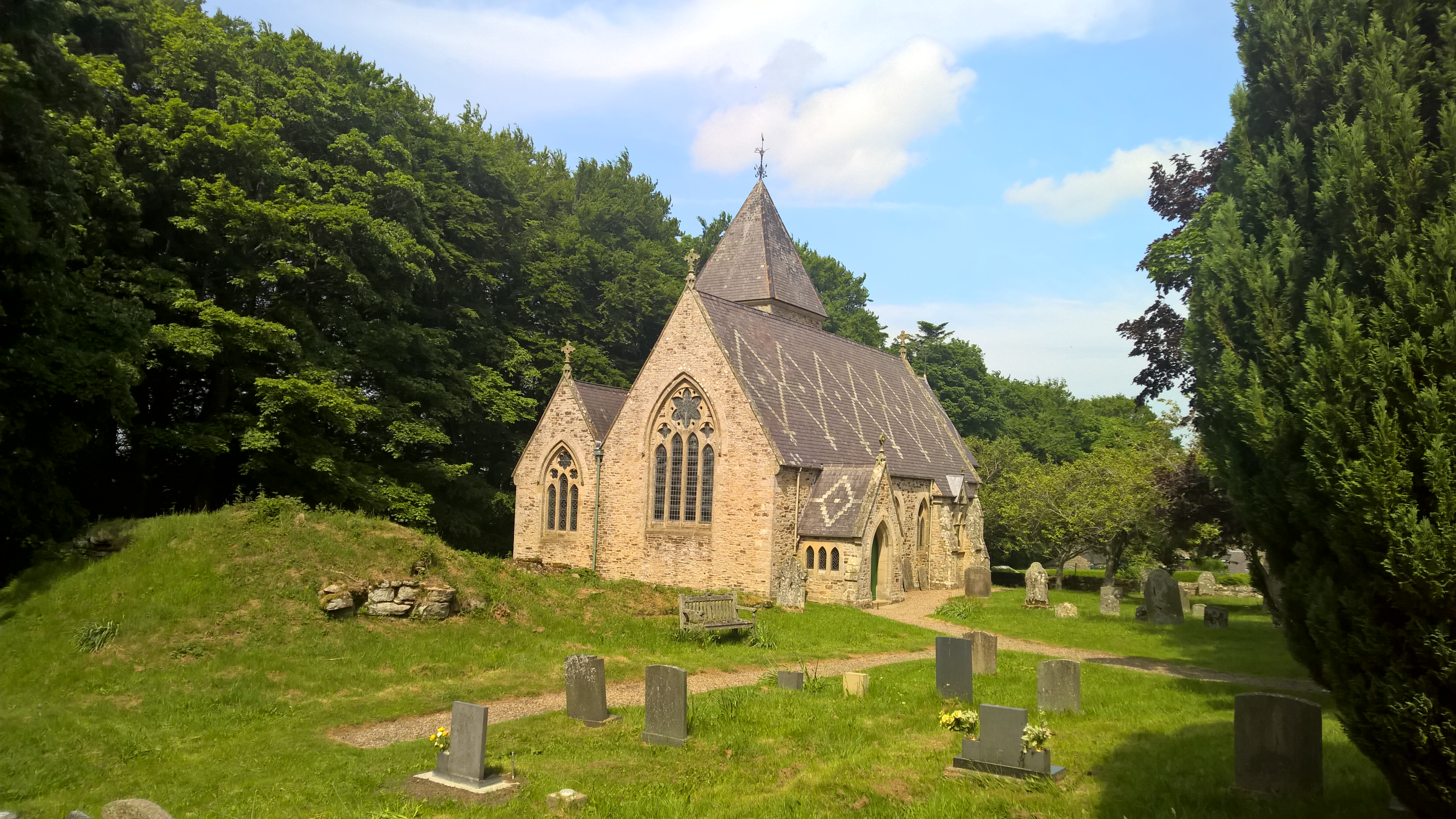Whitehill Plantation
Wood, Forest in Northumberland
England
Whitehill Plantation
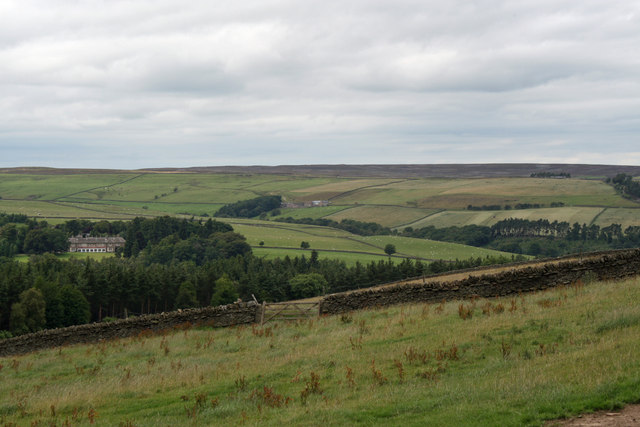
Whitehill Plantation is a sprawling woodland located in Northumberland, England. Spanning over 500 acres, it is often regarded as one of the most picturesque and well-preserved forests in the region. The plantation is nestled amidst rolling hills and is surrounded by a tranquil countryside, offering visitors a serene and immersive experience.
The woodland itself comprises a diverse range of trees, with a notable presence of oak, beech, and ash trees. This rich variety of flora provides a habitat for a multitude of wildlife, including deer, foxes, and an array of bird species. Natural features such as streams and small ponds can also be found within the plantation, adding to its enchanting appeal.
Whitehill Plantation boasts a network of well-maintained walking trails that meander through the forest, allowing visitors to explore the area at their own pace. These trails cater to all levels of fitness and provide ample opportunities for nature enthusiasts, hikers, and families to enjoy the beauty of the woodland.
The plantation is also home to a diverse range of plant species, including vibrant wildflowers and woodland flora. This diversity adds to the visual charm of the woodland, particularly during the spring and summer months when the forest comes alive with vibrant colors and scents.
Whitehill Plantation offers a peaceful retreat for individuals seeking solace in nature, as well as an educational experience for those interested in the region's biodiversity. Its idyllic setting, well-maintained trails, and abundant wildlife make it a must-visit destination for nature lovers and outdoor enthusiasts alike.
If you have any feedback on the listing, please let us know in the comments section below.
Whitehill Plantation Images
Images are sourced within 2km of 54.846494/-2.0900576 or Grid Reference NY9450. Thanks to Geograph Open Source API. All images are credited.

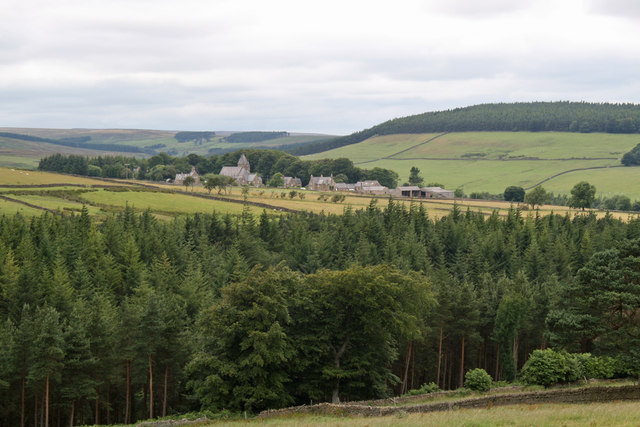
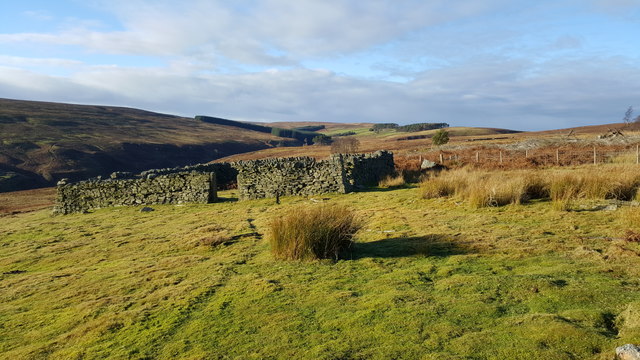
Whitehill Plantation is located at Grid Ref: NY9450 (Lat: 54.846494, Lng: -2.0900576)
Unitary Authority: Northumberland
Police Authority: Northumbria
What 3 Words
///ranks.bead.gender. Near Slaley, Northumberland
Nearby Locations
Related Wikis
Beldon Burn
Beldon Burn is a headwater stream of the River Derwent in Northumberland and County Durham, England.It rises at Quickcleugh Moss as the Quickcleugh Burn...
Baybridge, Northumberland
Baybridge is a small village in Northumberland, England, just to the west of Blanchland and on the border with County Durham. It is situated to the west...
Townfield
Townfield is a village in County Durham, in England. It is situated just to the south of Hunstanworth and part of that parish, about 10 miles (16 km) west...
Hunstanworth
Hunstanworth is a village in County Durham, England. It is situated approximately 10 miles to the west of Consett, south-west of the village of Blanchland...
Blanchland Abbey
Blanchland Abbey at Blanchland, in the English county of Northumberland, was founded as a premonstratensian priory in 1165 by Walter de Bolbec II, and...
Blanchland
Blanchland is a village in Northumberland, England, on the County Durham boundary. The population of the civil parish at the 2011 census was 135.Set beside...
Ramshaw, Consett
Ramshaw is a small village in County Durham, in England. It is situated to the south of Hunstanworth, a few miles west of Consett. Lead mining was an important...
Muggleswick, Stanhope and Edmundbyers Commons and Blanchland Moor
Muggleswick, Stanhope and Edmundbyers Commons and Blanchland Moor is a Site of Special Scientific Interest in County Durham and Northumberland, England...
Nearby Amenities
Located within 500m of 54.846494,-2.0900576Have you been to Whitehill Plantation?
Leave your review of Whitehill Plantation below (or comments, questions and feedback).
